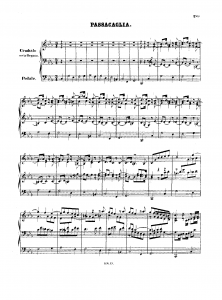Looks like people expect rants about transport from me. OK, here’s what should be the last in that series — regional and urban rail transport.
There are several types of rail transport:
- Trams (Strassenbahn)
- Commuter trains (S-Bahn)
- Underground (U-Bahn)
In theory, trams go in cities on the ground, U-Bahn goes under the ground and S-Bahn goes to suburbs and S-Bahn trains look like this.
But during my travels I’ve seen it’s not completely true.
Munich
This city has a proper system with all three components, nothing peculiar at all.
Heidelberg/Mannheim
Proper trams and S-Bahn, nothing peculiar. But Neckar valley views are impressive.
Stuttgart
Proper S-Bahn but their U-Bahn reminds me of trams for some reason. They have underground trains with maximum of two carriages (or one articulated) with third rail between usual two. I heard they’re better at cars though.
Karlsruhe
This is rather small city so they have only one proper S-Bahn route — to Heidelberg and Mannheim, the rest of S-Bahn routes are served by trams, the same trams serve internal routes. Yet this network is quite extensive, I’d never believe that I can visit famous Russian resort (Baden-Baden) by tram — and that’s in 30 kilometres from Karlsruhe!
Berlin
I visited Berlin to attend live IRC chat (aka LinuxTag) yet I’ve tried to look at local transport system.
U-Bahn is curious, they have two kinds of trains: narrow and not so narrow. Both seem to have the same types of trains in two different sizes though. A pleasant surprise is that it actually works even at night, not all of the lines though.
S-Bahn is actually can be described as “U-Bahn that shares some tracks with railroad”. Honestly, it’s the same third rail system as any underground and if not for the line naming (S1, S2, … versus U1, U2, …) you cannot distinguish them; even the trains are similar. And I have an impression that it does not serve much of the suburbs either.
I heard they also have trams but never seen those.
